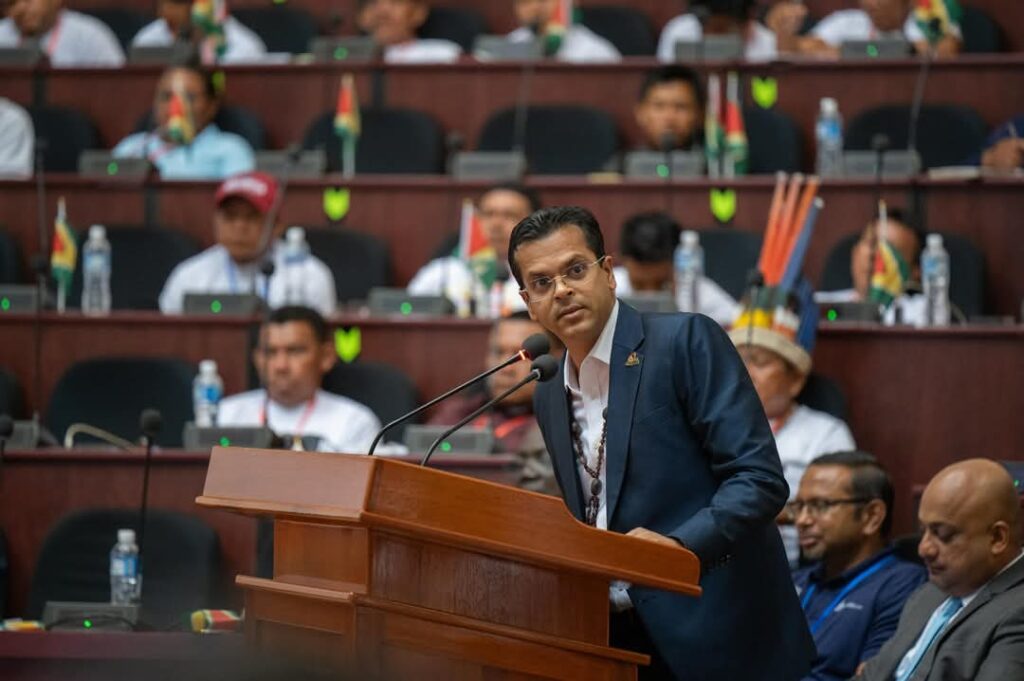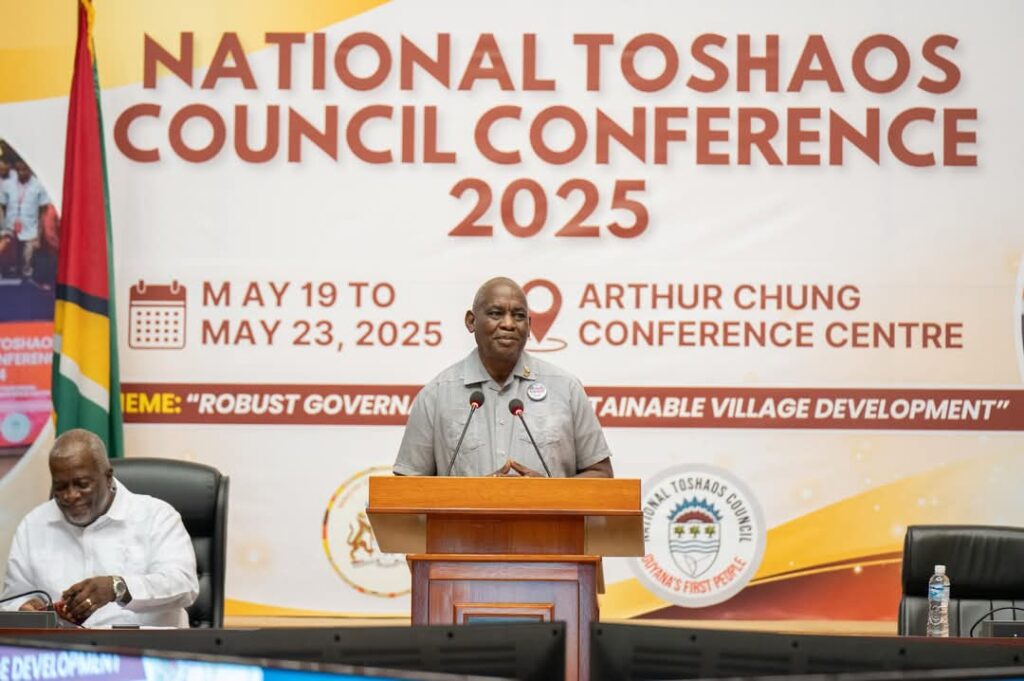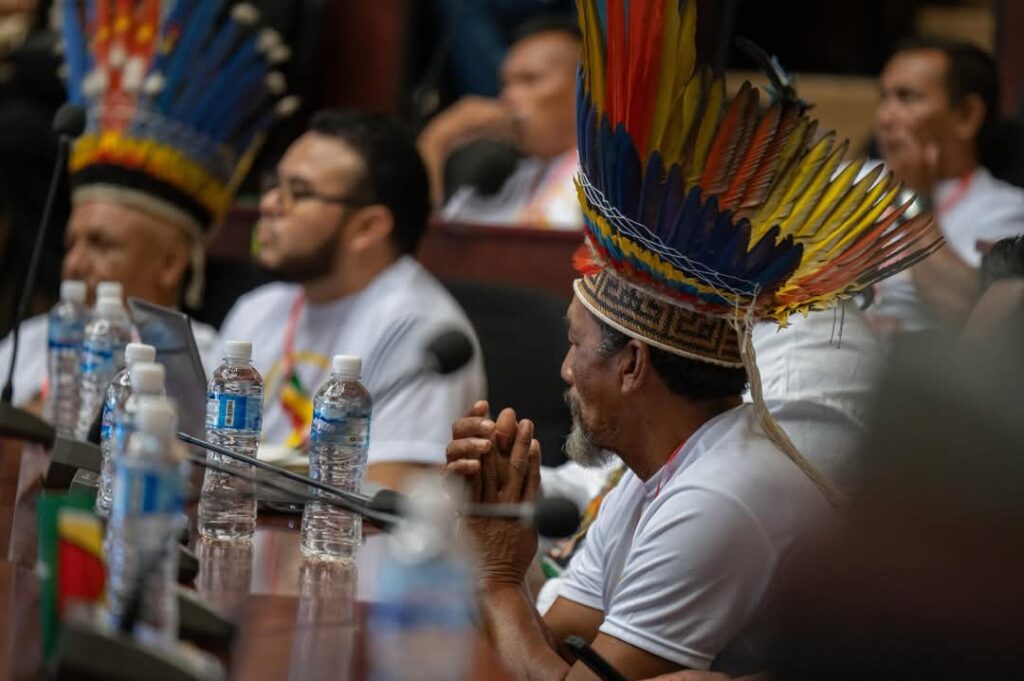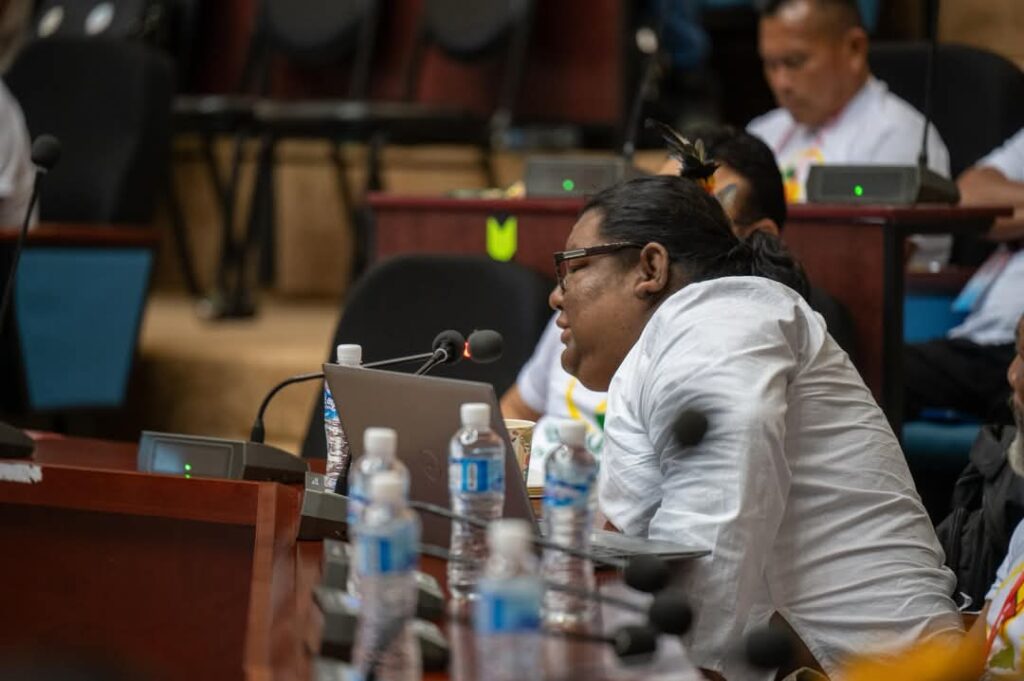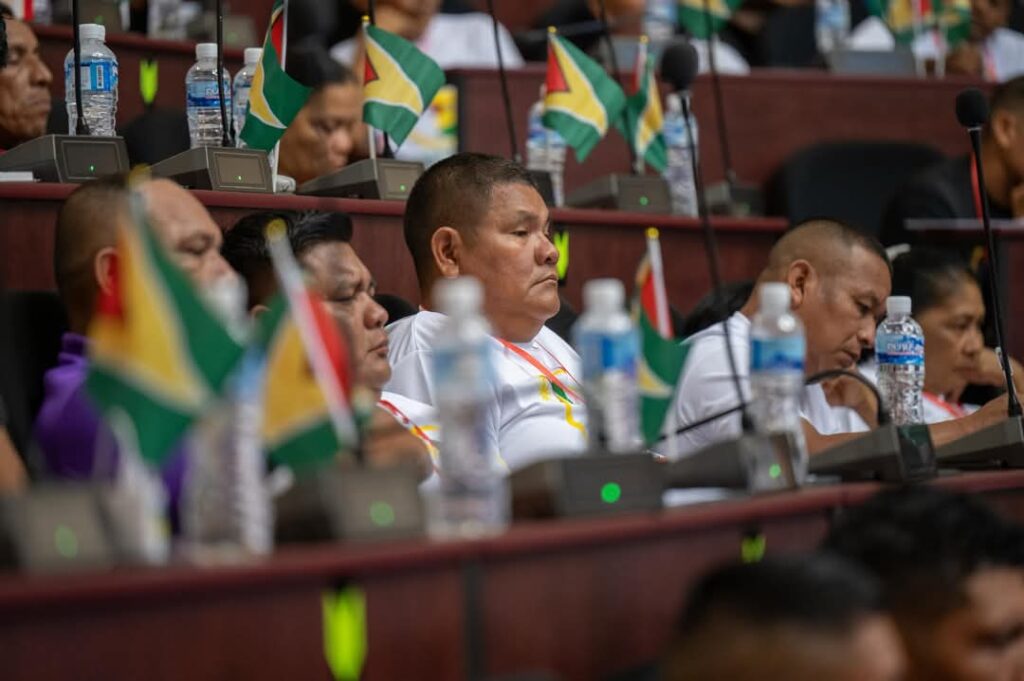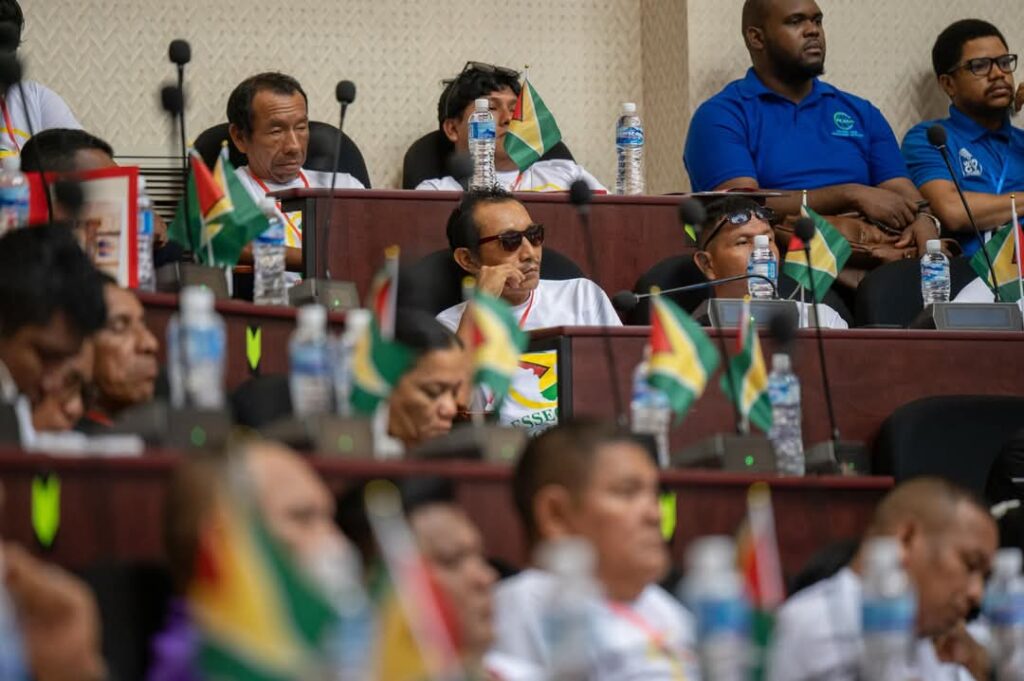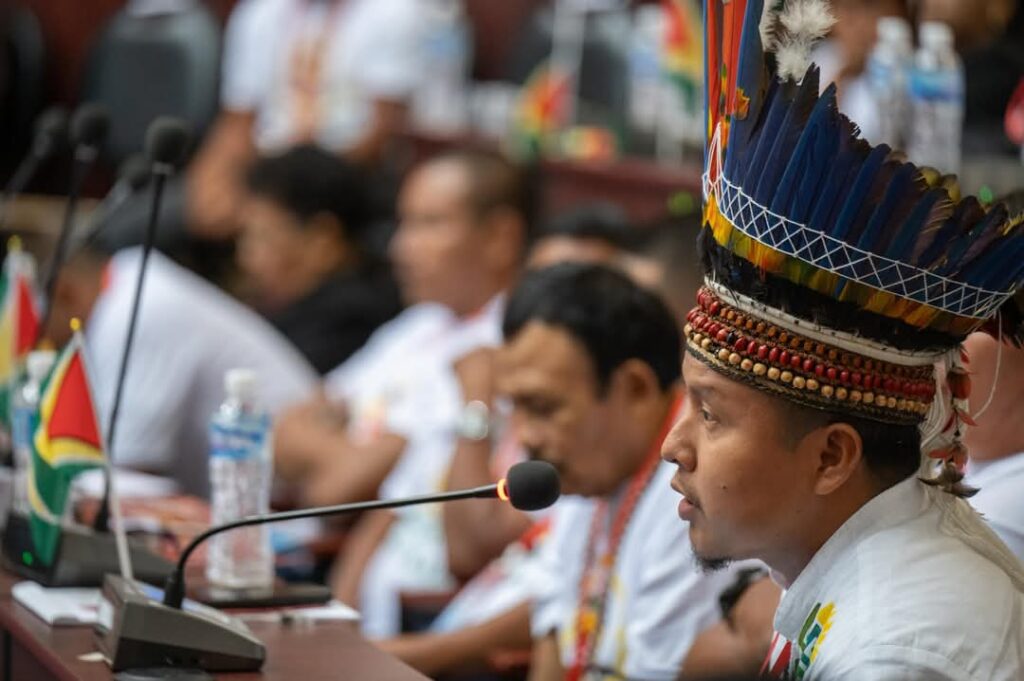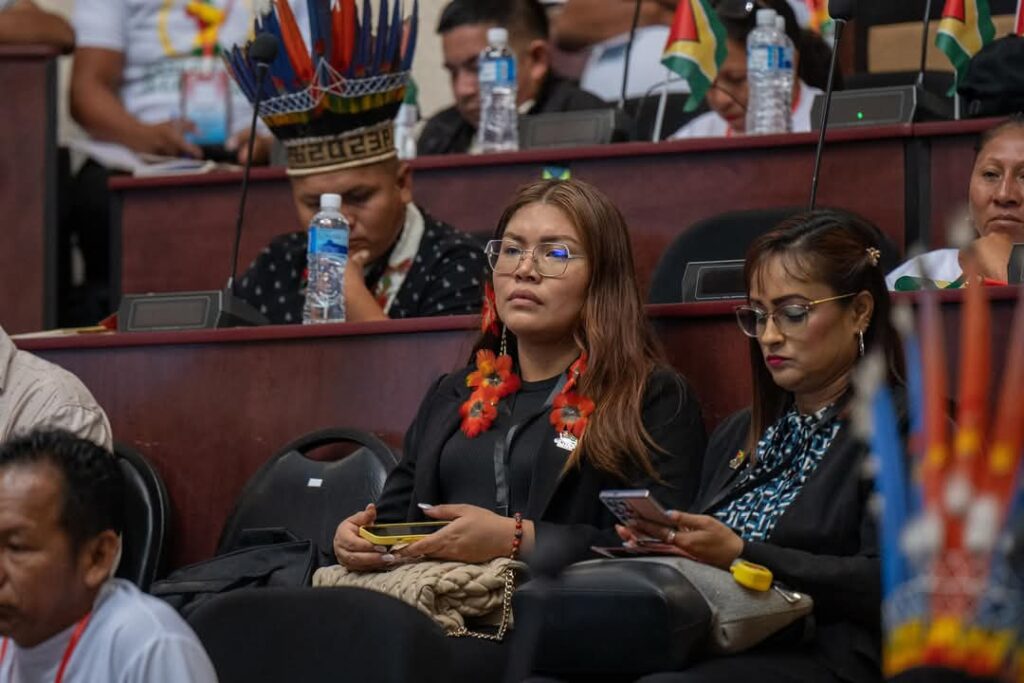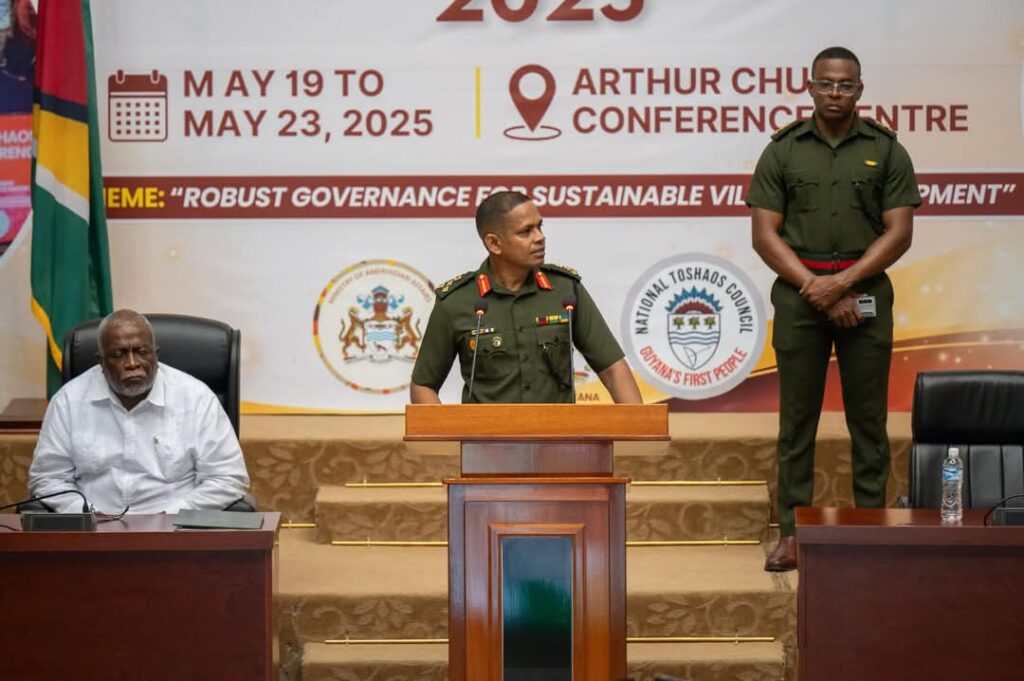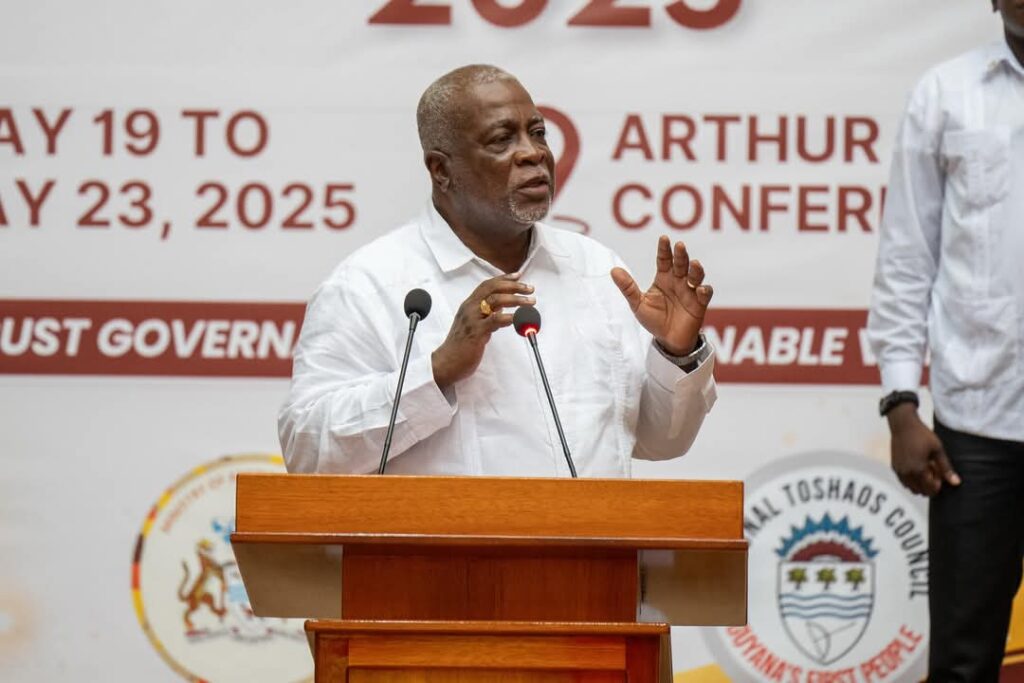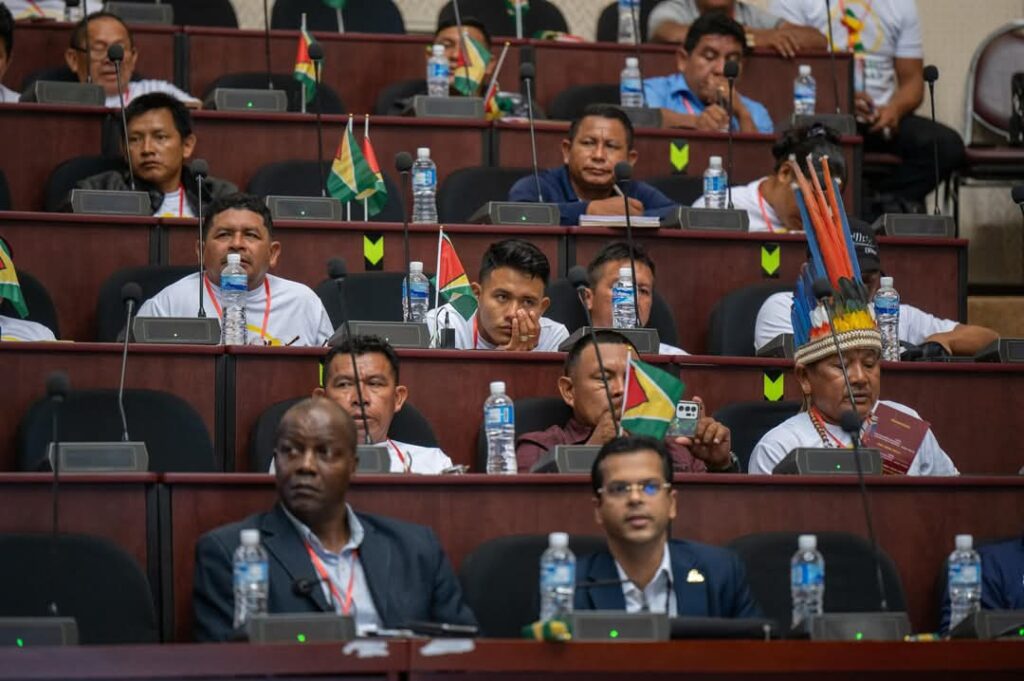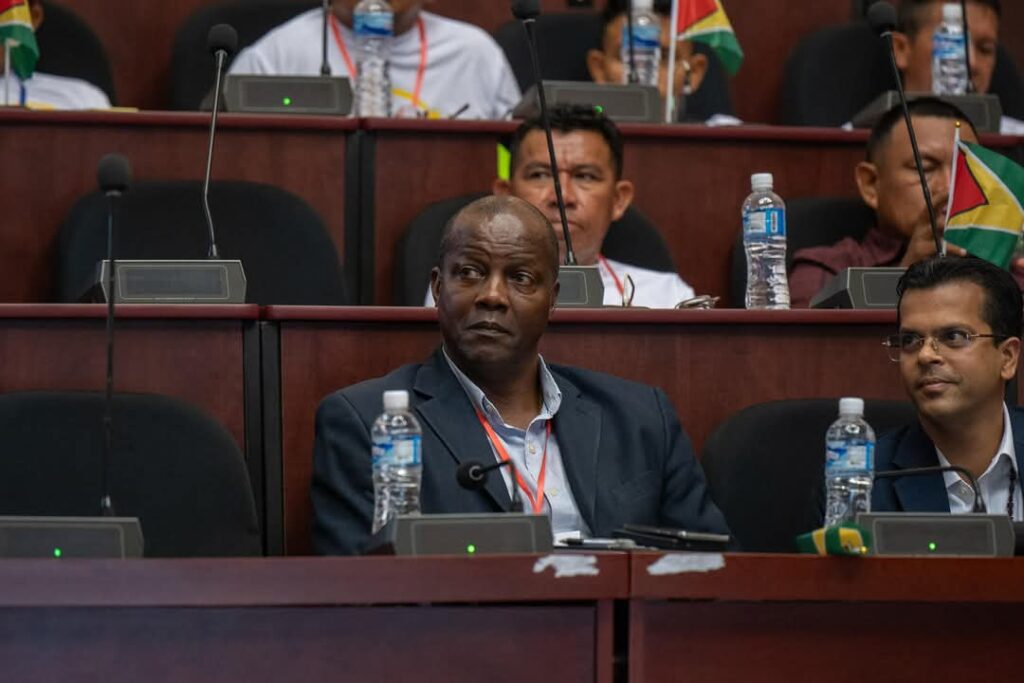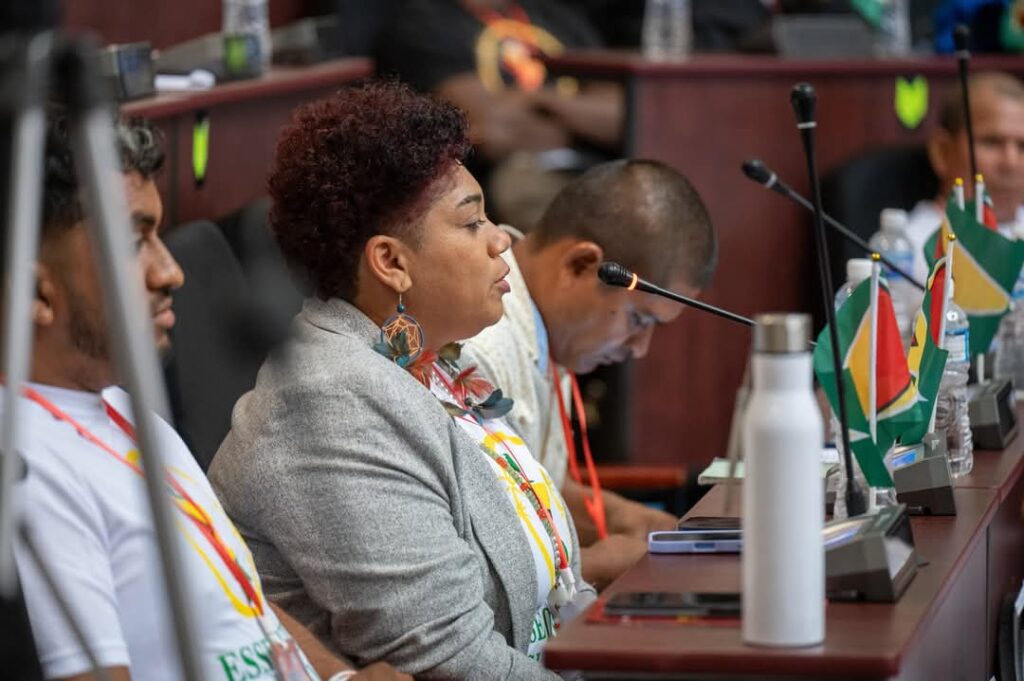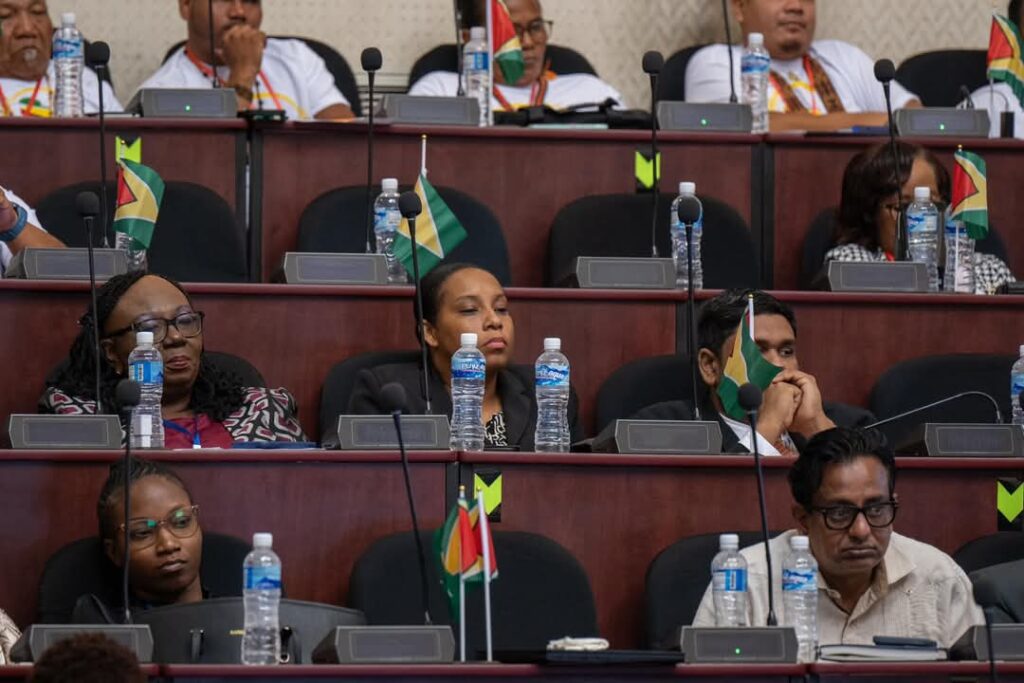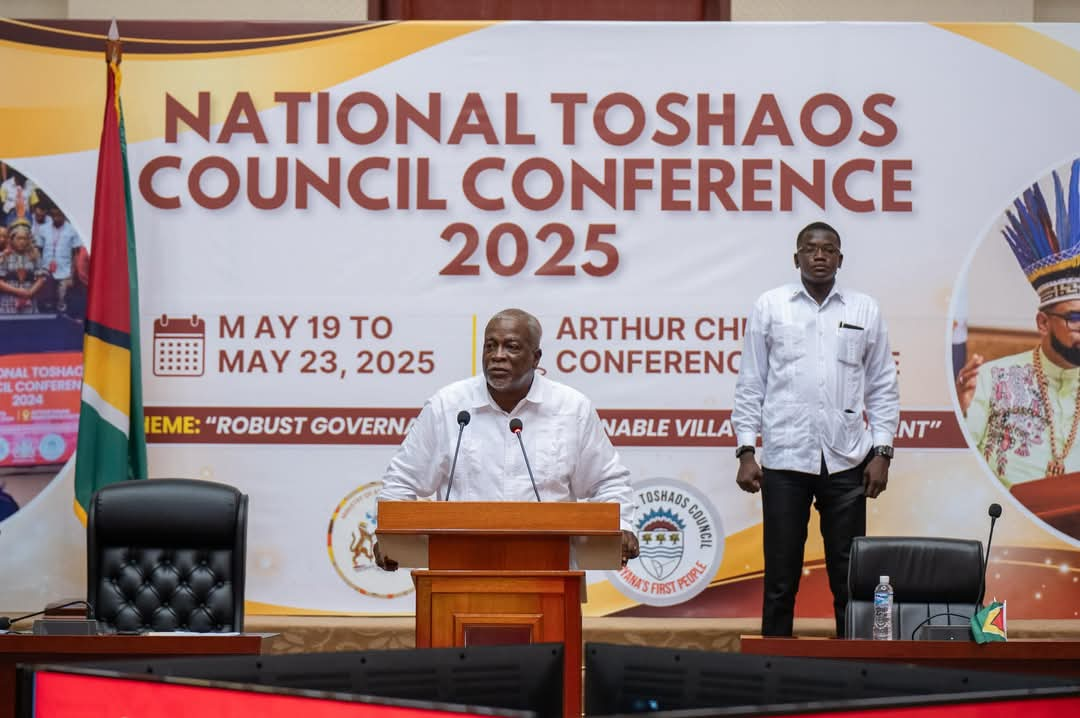Georgetown, May 20, 2025 – Prime Minister, Brigadier (Ret’d) Mark Phillips on Tuesday, announced that Cabinet has approved an $885 million investment for the retrofitting of solar photovoltaic (PV) systems in 21 Amerindian villages across Regions 1, 2, 4, 7, and 9.
The investment is expected to benefit approximately 12,7000 residents and it forms part of the Government’s broader strategy to expand access to clean and reliable energy in remote communities.
Prime Minister Phillips made this disclosure on the second day of the National Toshaos Council (NTC) Conference at the Arthur Chung Conference Centre, where he reaffirmed the Government’s commitment to sustainable and inclusive community development. He also reiterated the administration’s priority to bridge the energy and digital divides, improving the lives of Amerindians in Hinterland riverine regions.
In highlighting the ongoing transformation, the Prime Minister referenced Upper Takutu-Upper Essequibo (Region 9), which currently has an installed generation capacity of 5.2 megawatts (MW) through a combination of fossil fuel generator sets, hydropower, and solar installations.
However, only two megawatts (MW) are currently in use. According to the Prime Minister, this underutilised capacity presents significant potential for the development of agro-processing and micro-enterprise initiatives. He noted that such opportunities could support the growth of small-scale industries and value-added production, particularly in mango and cashew processing within the region.
The Prime Minister also highlighted several additional measures aimed at improving the lives and livelihoods of residents in the hinterland. He also spoke of initiatives to enhance ICT connectivity and the opportunities this would bring.
“I’m using Region Nine as an example to show that we are serious about development in your communities. You are connected to the rest of Guyana through ICT; you are connected to the world, to the future. That is how we improve the delivery of medical services and education. Because you are now connected, you could access universities and colleges throughout the world.”
He reminded attendees that through this level of connectivity, many individuals from the hinterland have enrolled in the Guyana Online Academy of Learning (GOAL) scholarship programme, while others have already graduated, thanks to the Government’s transformative agenda.
Meanwhile, the Head of the Guyana Energy Agency (GEA), Dr. Mahender Sharma, along with heads of the the National Data Management Authority (NDMA), and the ICT Access for Hinterland Poor and Remote Communities (HPRC) Project Management Unit, which are all under the purview of the Prime Minister, provided comprehensive updates on the Government’s ongoing efforts to expand energy access, enhance digital infrastructure, and foster innovation and empowerment across Amerindian communities.
Dr. Sharma, reporting on the GEA, highlighted that over the last five years, 37,230 solar home systems have been procured, primarily for hinterland households. Additionally, 55 solar mini-grid installations are supplying more than 2.15 megawatts of electricity to schools, health facilities, village offices, and other public infrastructure. Noteworthy projects include the 1.5-megawatt and 0.65-megawatt solar farms in Bartica (Region Seven) and Mahdia (Region Eight), respectively, along with a 1-megawatt solar plant in Lethem (Region Nine). The Moco Moco and Kumu hydropower projects are also contributing to Region Nine’s energy grid.
These interventions are reducing diesel dependence, lowering emissions, and improving access to essential public services…
This is an extract from a press release issued by the Office of the Prime Minister – Guyana. Read the full press release available on OPM – Guyana Facebook page.
